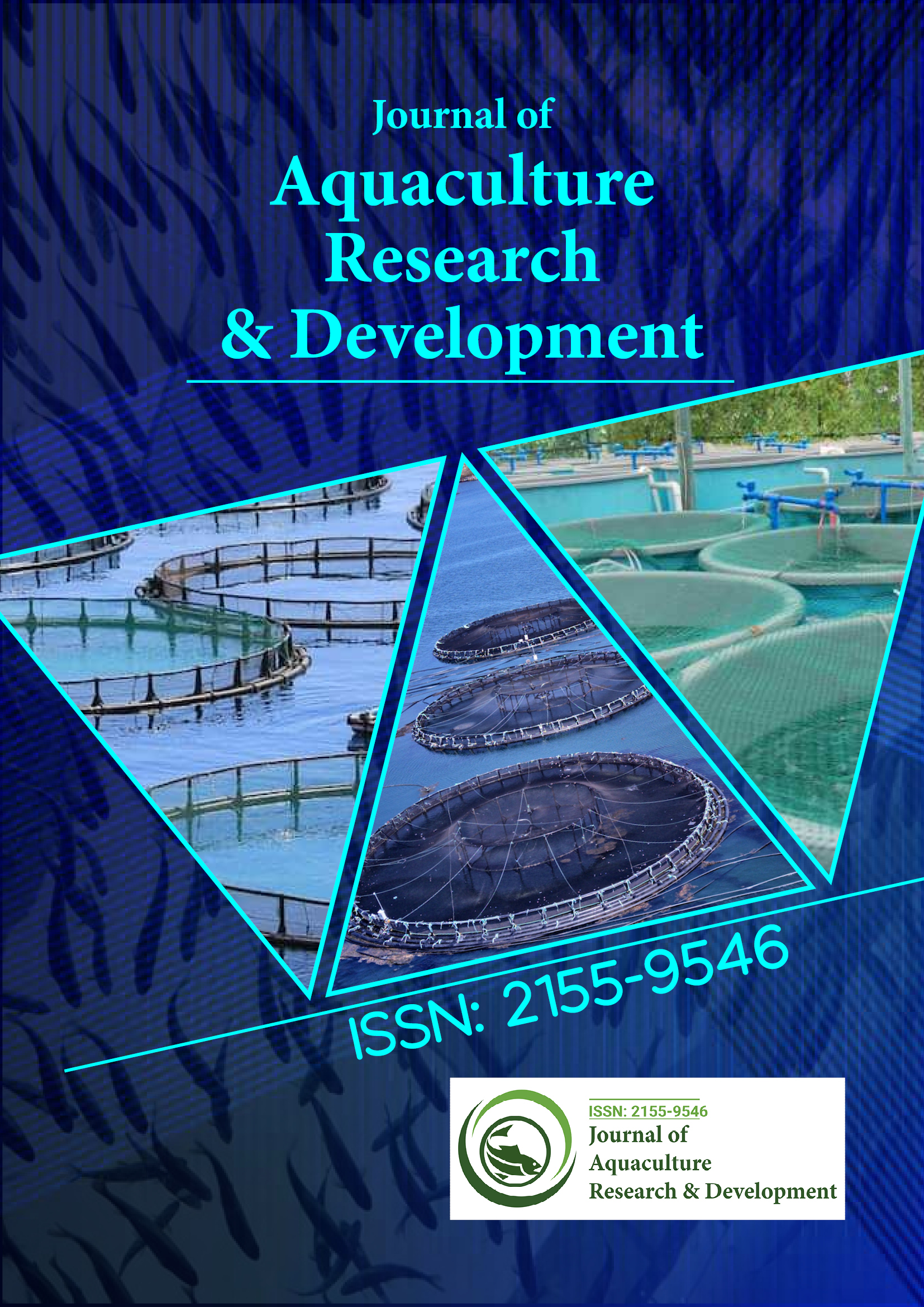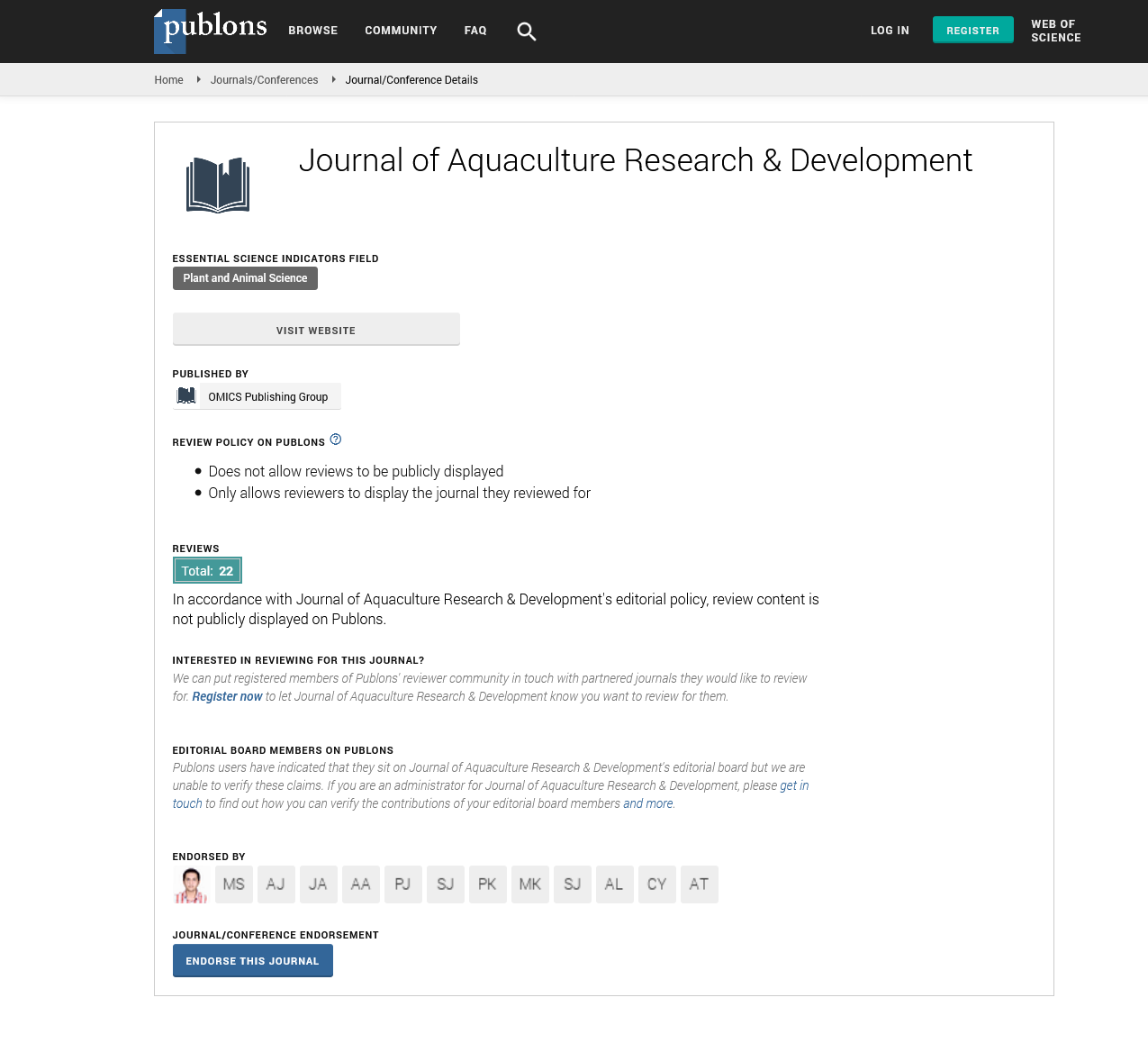Indexed In
- Online Access to Research in the Environment (OARE)
- Open J Gate
- Genamics JournalSeek
- JournalTOCs
- Scimago
- Ulrich's Periodicals Directory
- Access to Global Online Research in Agriculture (AGORA)
- Electronic Journals Library
- Centre for Agriculture and Biosciences International (CABI)
- RefSeek
- Directory of Research Journal Indexing (DRJI)
- Hamdard University
- EBSCO A-Z
- OCLC- WorldCat
- Scholarsteer
- SWB online catalog
- Virtual Library of Biology (vifabio)
- Publons
- MIAR
- University Grants Commission
- Euro Pub
- Google Scholar
Useful Links
Share This Page
Journal Flyer

Open Access Journals
- Agri and Aquaculture
- Biochemistry
- Bioinformatics & Systems Biology
- Business & Management
- Chemistry
- Clinical Sciences
- Engineering
- Food & Nutrition
- General Science
- Genetics & Molecular Biology
- Immunology & Microbiology
- Medical Sciences
- Neuroscience & Psychology
- Nursing & Health Care
- Pharmaceutical Sciences
Opinion Article - (2024) Volume 15, Issue 10
Role of Community Aspects on Social Acceptability of Low-Trophic Aquaculture
Janie Ixia*Received: 25-Sep-2024, Manuscript No. JARD-24-27519; Editor assigned: 27-Sep-2024, Pre QC No. JARD-24-27519 (PQ); Reviewed: 11-Oct-2024, QC No. JARD-24-27519; Revised: 18-Oct-2024, Manuscript No. JARD-24-27519 (R); Published: 25-Oct-2024, DOI: 10.35248/2155-9546.24.15.923
Description
Low-trophic aquaculture, which includes the farming of species like seaweed, shellfish and other organisms low in the food chain, presents a sustainable option for food production with low environmental impact. As these organisms require minimal feed inputs and can potentially help improve water quality, low-trophic aquaculture has been recognized for its environmental benefits. However, the social acceptability of this form of aquaculture remains an important factor in its success, as community perceptions, economic impacts and regulatory considerations all play a role. This article explains the challenges and strategies associated with building social acceptability for low-trophic aquaculture, emphasizing the importance of community engagement, education and sustainable development.
Low-trophic aquaculture is focused on cultivating organisms at the lower end of the food chain, such as seaweeds, mussels, oysters and other filter-feeding species. Unlike conventional fish farming, which often relies on species higher up the food chain and requires substantial feed, low-trophic species are either self-sustaining or thrive by filtering nutrients naturally present in water. Seaweed, for instance, absorbs excess nitrogen and phosphorus, which can help to counteract eutrophication and contribute to cleaner marine ecosystems. Shellfish species, on the other hand, filter particles and nutrients, improving water clarity and supporting marine ecosystem health.
The advantages of low-trophic aquaculture extend beyond environmental benefits. These species require fewer resources, thus reducing the carbon footprint associated with production. Additionally, as global demand for food sources rises, low-trophic aquaculture can offer a scalable and sustainable method to meet these needs. Economically, it offers opportunities for coastal communities, providing jobs and supporting local economies, which can be especially valuable in regions where traditional industries like fishing are in decline. Despite these benefits, the expansion of low-trophic aquaculture faces challenges linked to social perceptions, regulatory complexitiesand community acceptance.
Social acceptance of low-trophic aquaculture depends on multiple factors, including cultural values, environmental concerns, economic interests and personal beliefs. The idea of aquaculture, in general, may evoke mixed feelings in communities accustomed to wild fisheries. For some, farmed seafood might be perceived as inferior to wild-caught alternatives, creating a challenge for introducing farmed species into traditional markets. Additionally, community members may have concerns about changes to the marine environment, including potential impacts on wild species, coastal aesthetics and recreational spaces.
Economic considerations play a significant role in how communities view low-trophic aquaculture. While some may welcome the jobs and economic boost that aquaculture operations bring, others worry about competition with existing fisheries or other marine-based businesses. In areas where wildcatch fishing is a primary industry, there might be resistance from fishers concerned about competition, especially if aquaculture products are sold in the same markets. For low-trophic aquaculture to gain acceptance, it is crucial to present it as a complementary activity rather than a competitive force, emphasizing its environmental benefits and role in supplementing local income.
Perceptions of environmental impact also shape social acceptance. While low-trophic aquaculture generally has a positive effect on water quality, there are still concerns about habitat alteration, disease transmission and potential impacts on biodiversity. Some communities may worry that aquaculture could alter marine habitats or disrupt traditional fishing grounds. To address these concerns, transparent communication and collaboration with stakeholders are essential, demonstrating that low-trophic aquaculture can coexist with other marine activities while promoting environmental health.
Gaining social acceptance for low-trophic aquaculture requires meaningful engagement with the communities where operations are set to be developed. By involving local stakeholders early in the process, aquaculture proponents can foster a sense of ownership and shared responsibility. Community meetings, open dialogues and workshops are effective tools for addressing concerns, providing information and discussing the potential benefits and challenges of low-trophic aquaculture.
Educational programs can help improve perceptions by explaining how low-trophic species contribute to ecosystem health, enhance water quality and provide a sustainable food source. For instance, showcasing the ecological benefits of shellfish farms or the carbon-sequestering capacity of seaweed farms can provide community members with a better understanding of how these operations positively impact the marine environment. In many cases, seeing the direct environmental benefits can shift attitudes from skepticism to support.
Citation: Ixia J (2024). Role of Community Aspects on Social Acceptability of Low-Trophic Aquaculture. J Aquac Res Dev. 15:923.
Copyright: © 2024 Ixia J. This is an open-access article distributed under the terms of the Creative Commons Attribution License, which permits unrestricted use, distribution, and reproduction in any medium, provided the original author and source are credited.

